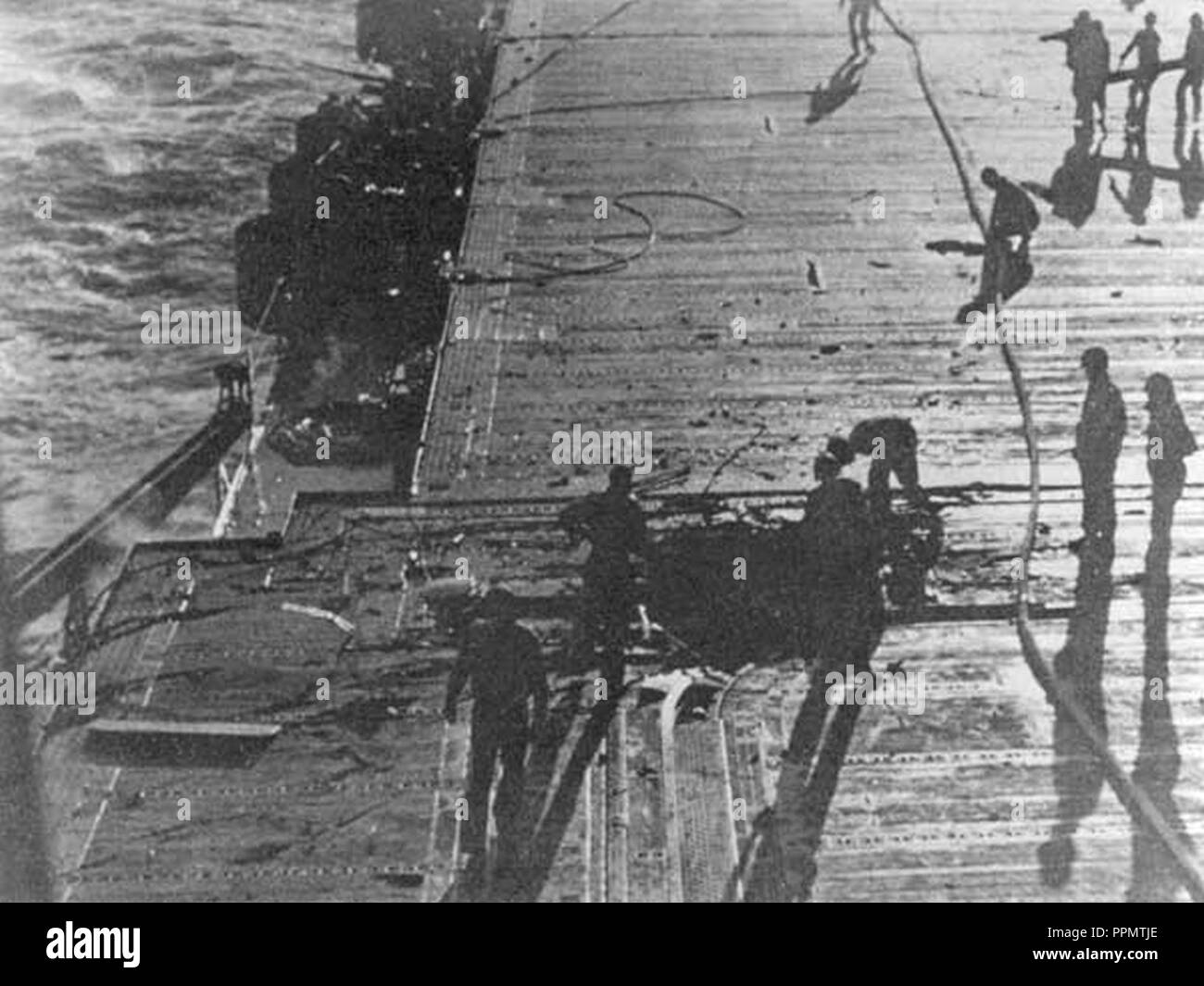Shortround6
Lieutenant General
I was trying to keep it simple.
Getting rid of unwanted water is whole new subject.
In apartment buildings crews have been known to cut holes in floors to relieve weight of water to help avoid collapse. (a crap load of work)
Knocking a toilet off it's base/mount can open a 3 in hole very quickly and several such holes can move water quickly and not just transfer it down one floor.
Getting rid of unwanted water is whole new subject.
In apartment buildings crews have been known to cut holes in floors to relieve weight of water to help avoid collapse. (a crap load of work)
Knocking a toilet off it's base/mount can open a 3 in hole very quickly and several such holes can move water quickly and not just transfer it down one floor.

